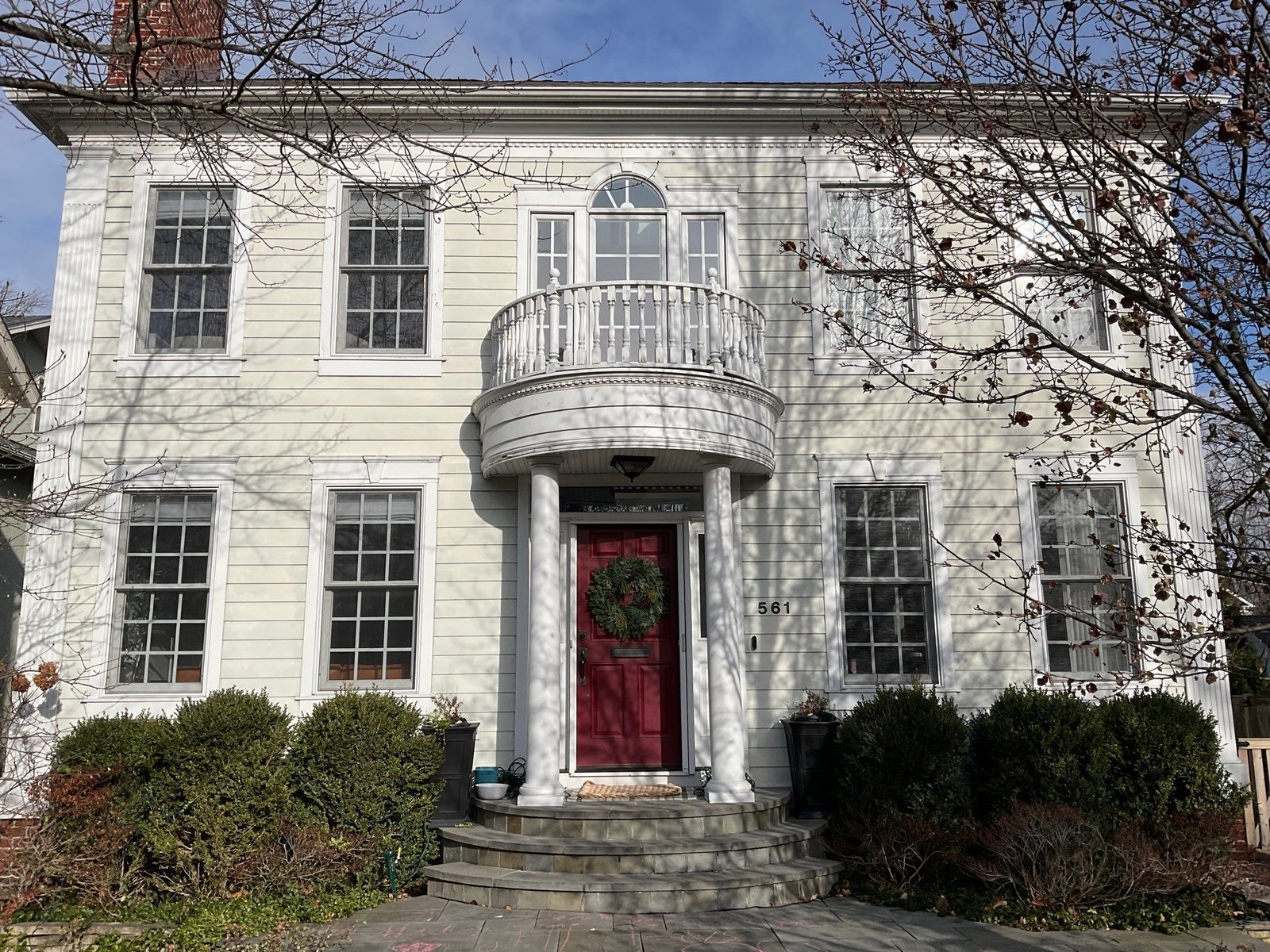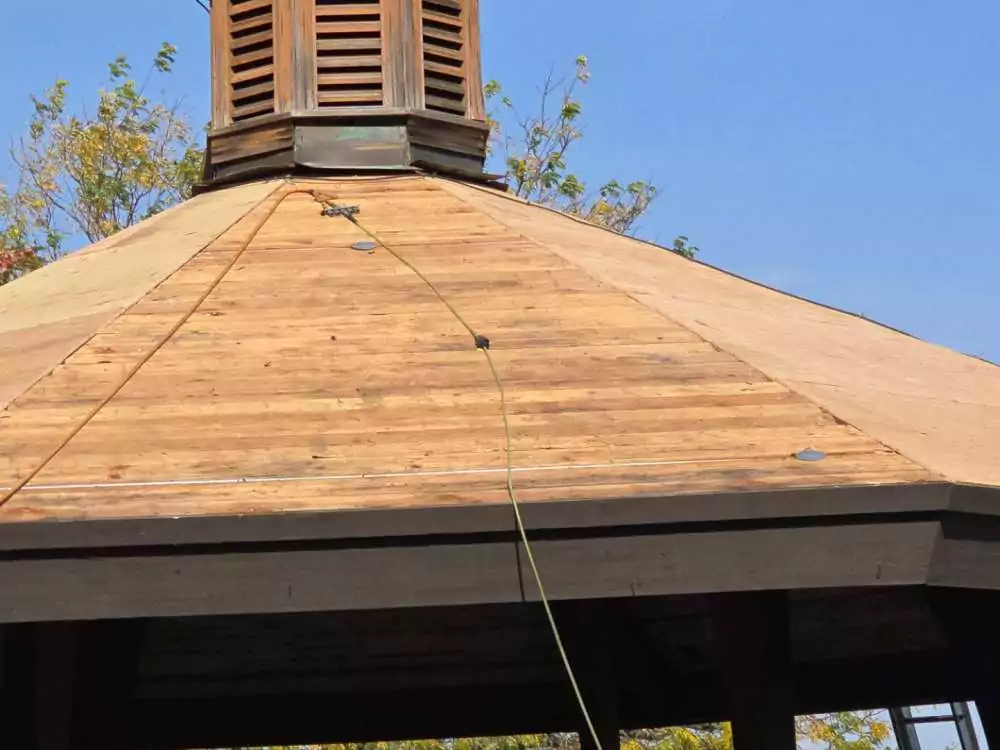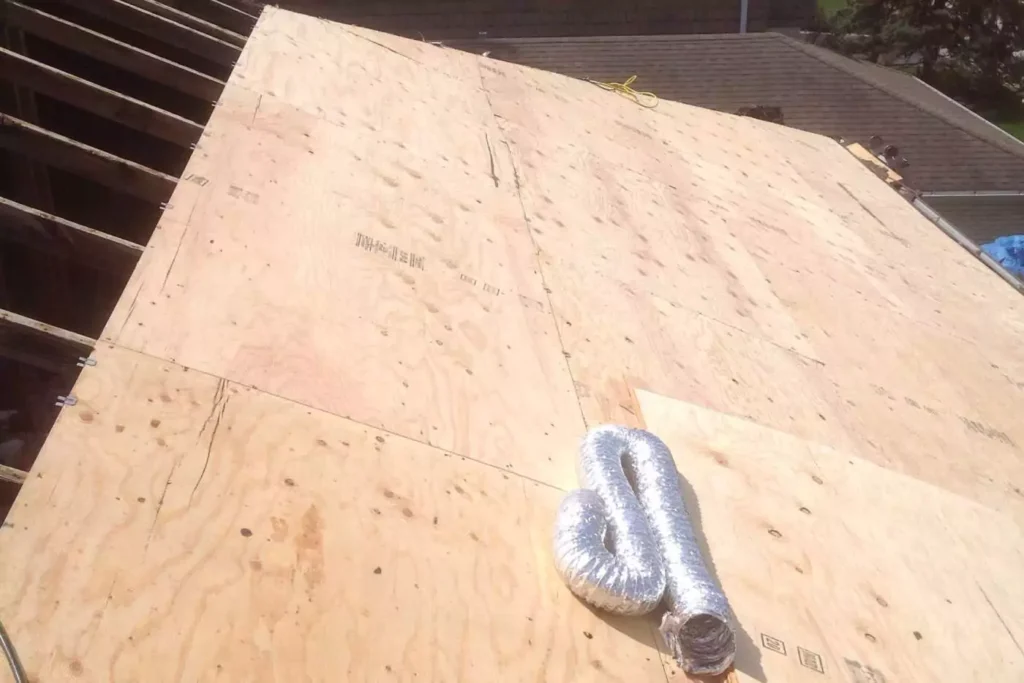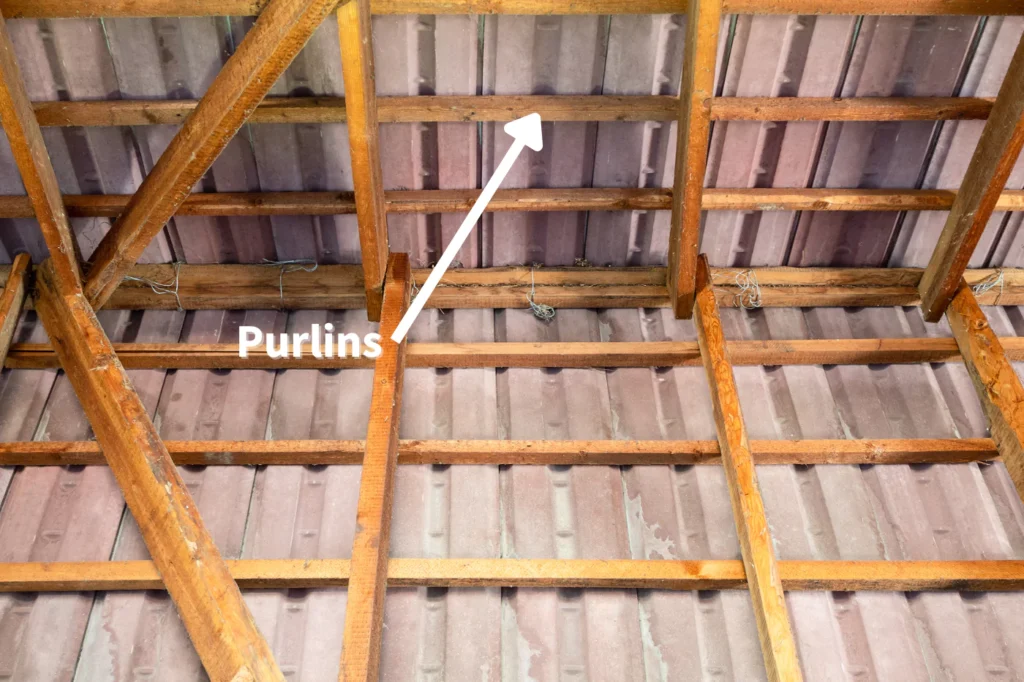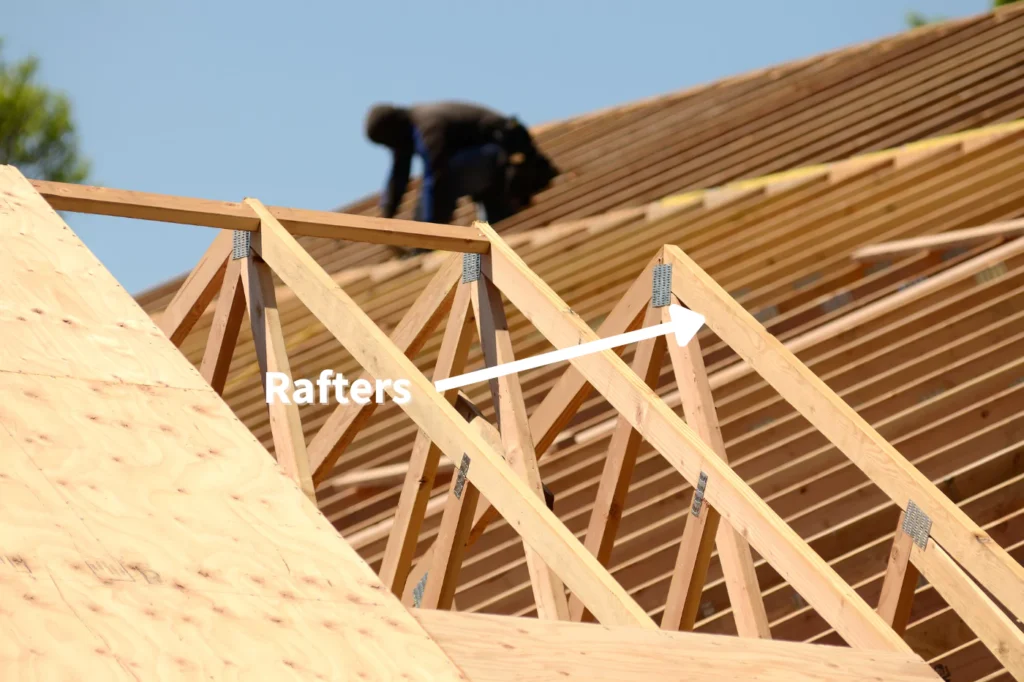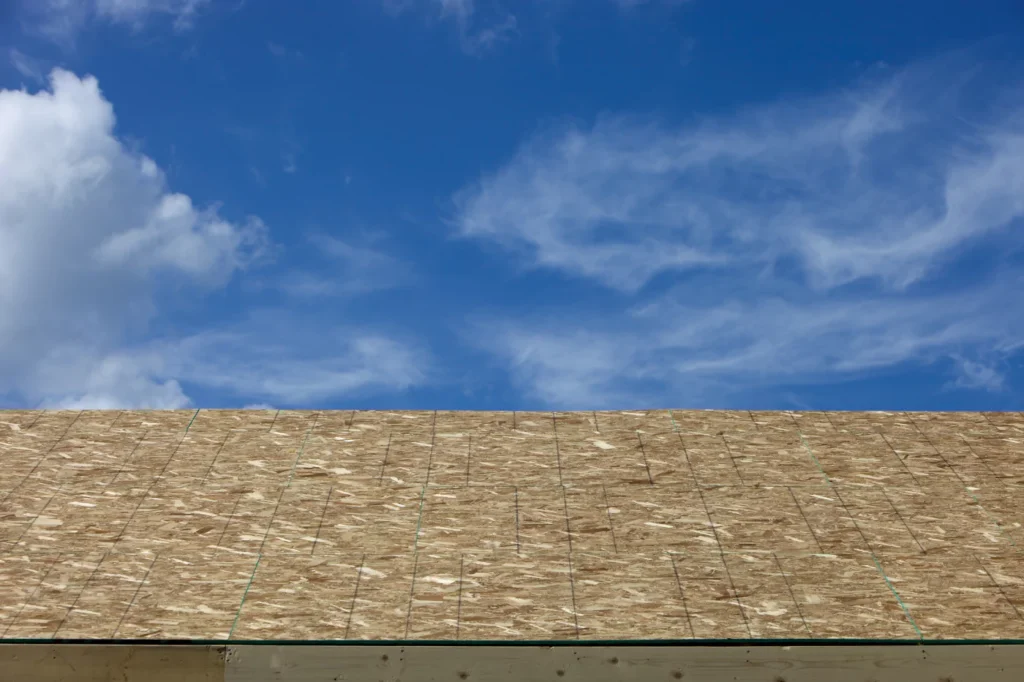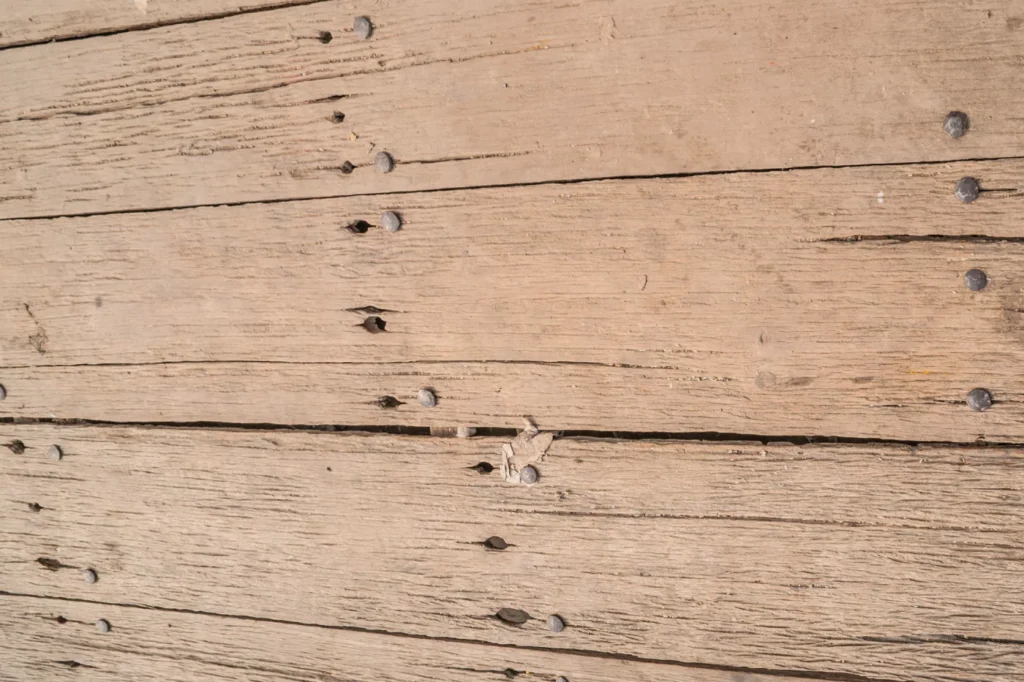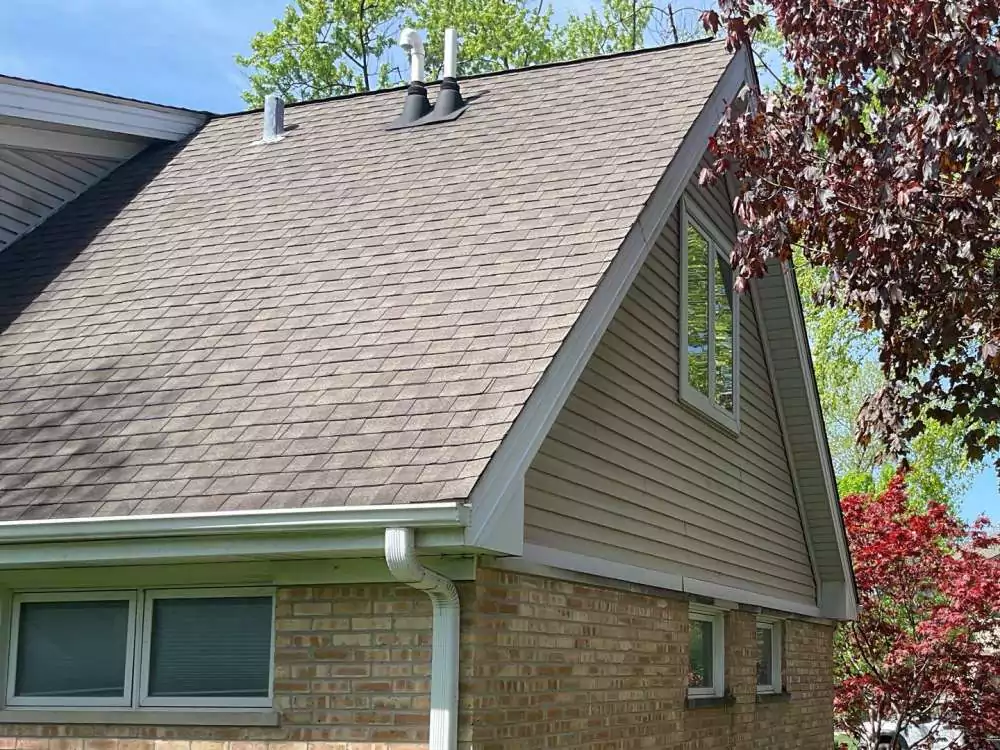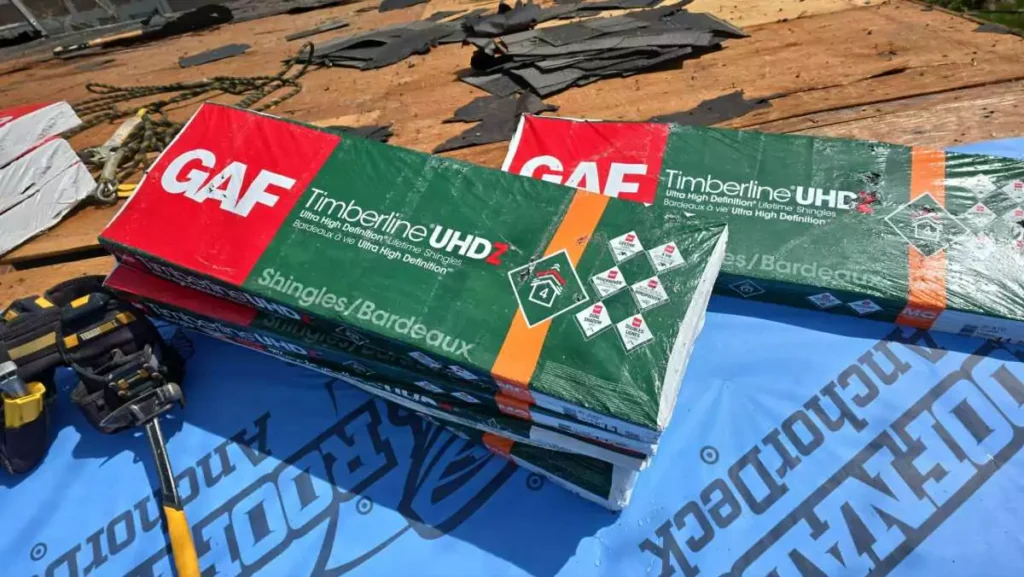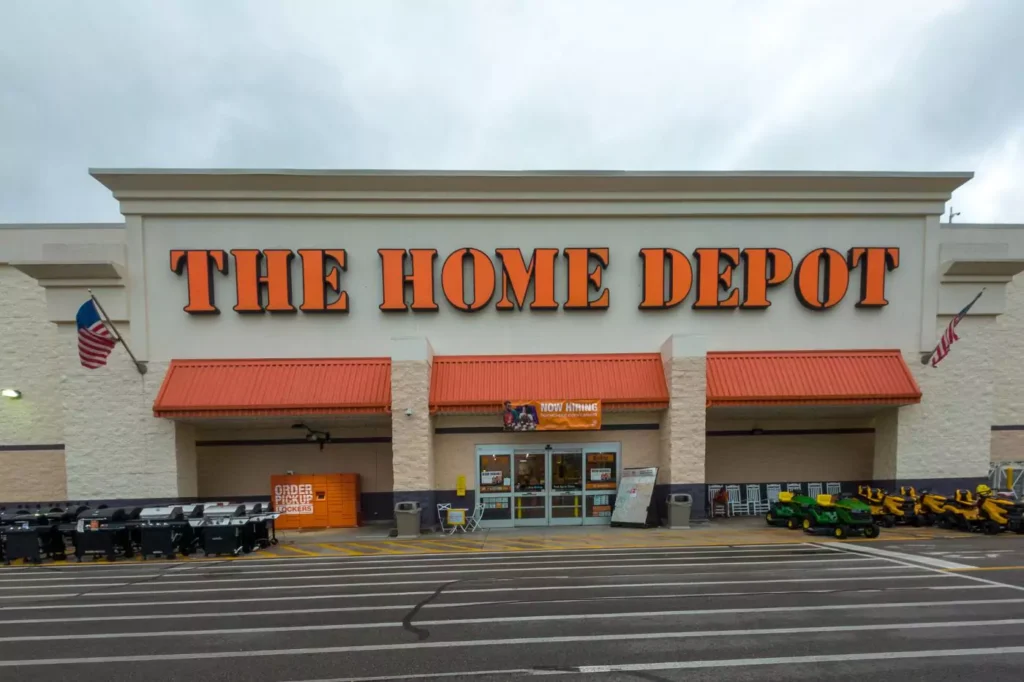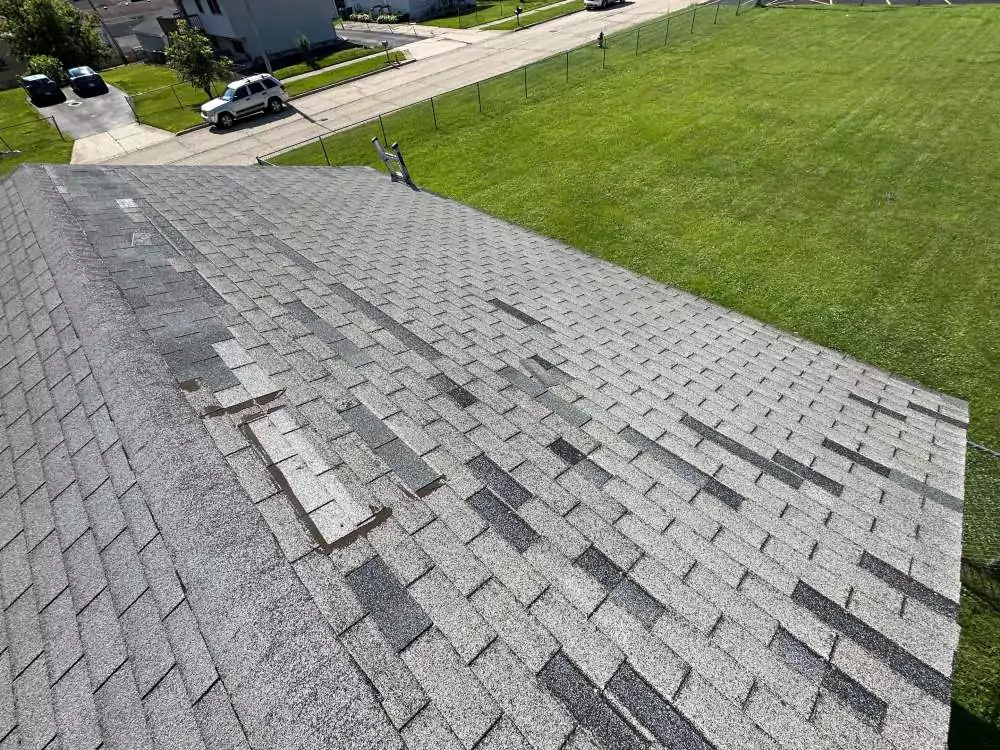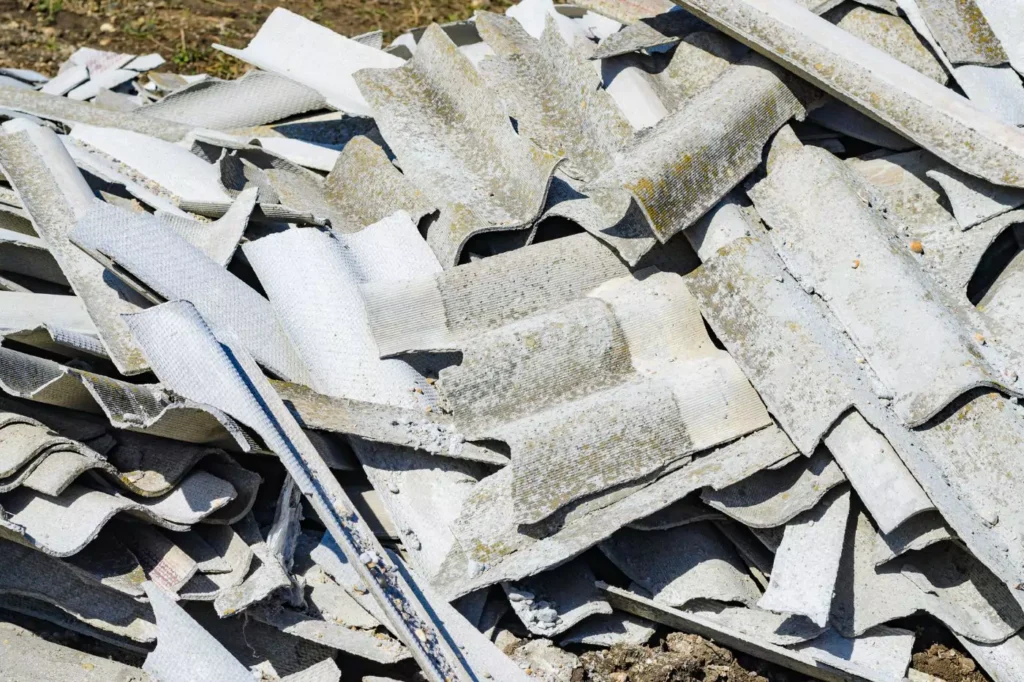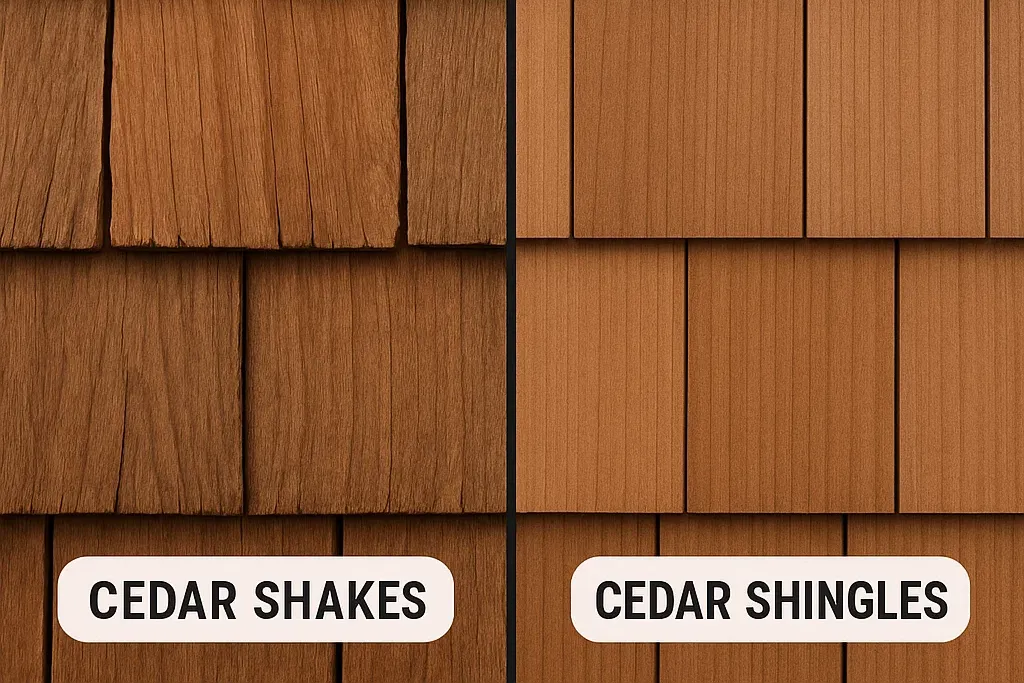Did you know that fiber cement siding is actually made of concrete? Have anyone told you before that during the production, fibrocement is being heated, dried, preasure treated, painted and cut? In this article we will explain you this amazing process, to let you understand why is fiber cement so popular in the construction and why does it outperform virtually any other siding material.
Table of Contents
What Resources Are Used to Produce Fiber Cement?
As we said in the beginning, fiber cement is a special form of a lightweight concrete. Although the whole manufacturing process of these boards may be very sophisticated, the idea standing behind is simple – it’s just a composite made of Portland cement, cellulose, silica sand, and water.
You can suppose already, that each of the materials used in this process give the final product completely different properties. While Portland cement is used mainly to achieve proper durability and wear resistance, cellulose fibers work as a reinforcement, giving the boards more elasticity and decreasing fragility.
Usually, Portland Cement is between 40% to 60% of fiber cement’s dry mass. Another 20% to 35% come from silica dust. The third main ingredient, cellulose fibers, weigh between 4% and 12% of the boards. Some producers use also kaolinite, ash or plastificators as additives, mainly to achieve appropriate texture, shine or color.
It’s worth to admit, that during the process of fiber cement siding production, lots of water is used. Even though most of it is used many times due to filtration, unfortunately a lot of it also wasted.
How Does The Fiber Cement Production Process Look in Reality?
We obviously are not allowed to publish any pictures presenting the actual process of manufacturing James Hardie panels or any similar siding boards, but still we can spill the tea a little bit.
Step 1: Cement And Sand Are Prepared And Filtered
Before the composite will be manufactured, all the ingredients must be filtered and prepared to the whole process. At this stage, proper fractioning is crucial – the more similar the sand grains are, the more consistent the parameters of the final products are.
Step 2: Cellulose is Being Pulped
Although it depends on the manufacturer, usually, the cellulose used in fiber cement production is sourced from paper. It means that before the cellulose will be used, it must be cleaned from any contaminants (plastic, metal), cut into small pieces and mixed with water.
Step 3: Slurry is Being Made
Once the water is mixed with cellulose, Portland cement and sand are added. The goal is to achieve a homogeneous mixture without any clumps visible. The slurry, which is a product of the whole process, is mixed till it mimics the consistency of pumpkin soup or pudding.
Step 4: Fibercement is separated from water
Special machinery is used to separate fiber-cement mass and water. Then, dozens of thin layers are put on the belt. This process is repeated multiple times in order to make a sandwich panel consisting of at least 50 layers.

